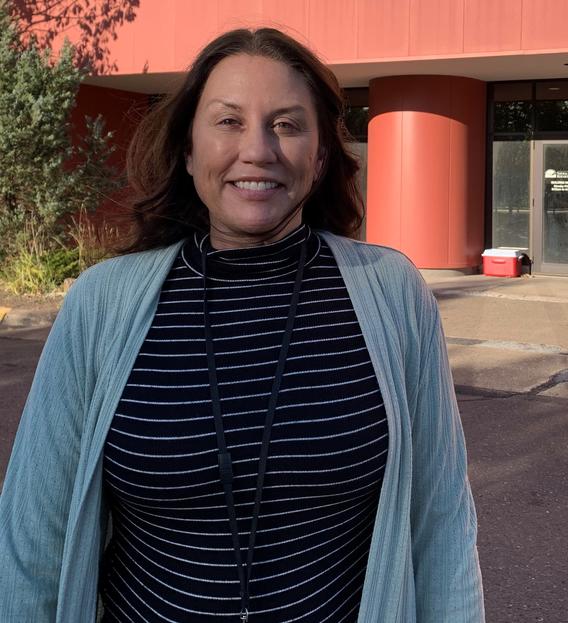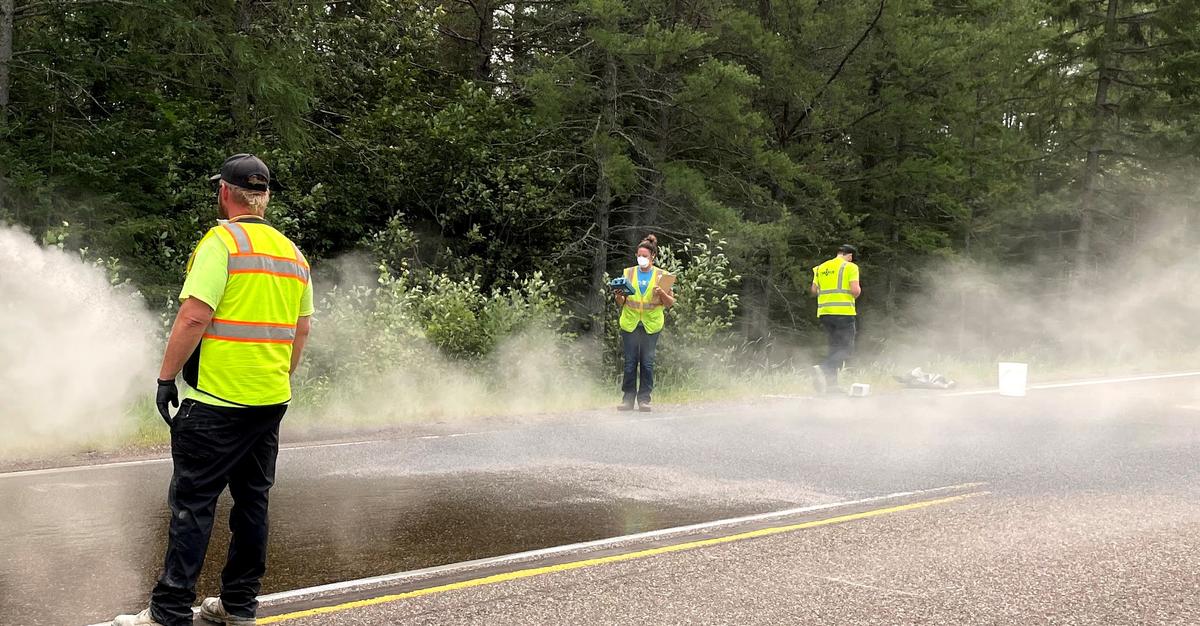Rocks from all over the world are shipped to NRRI’s Coleraine facility for processing and testing. But that shot up a red flag for researchers and NRRI’s Safety Program Manager, Jean Cranston, a certified industrial hygienist.
“There was no way to know what might be in those rocks,” she said. “Rocks from here in Minnesota, we know what we’re dealing with. But who knows what’s coming in from goldmines and mines outside the United States.”
Silica, lead and arsenic are all hazardous components that can be naturally found in mineral deposits. When the rocks are crushed for processing, the materials could become airborne and controlling that presents a huge safety challenge.

“After you know what is in the material you need to know what safety controls are required to prevent exposure to employees,” Cranston added.
NRRI Taconite Chair, Rod Johnson, asked Cranston to find guidelines that would convert rock analysis results into estimates of airborne concentrations.
Cranston leaned into her 20-some years of experience in Environmental Health and Safety -- including environmental remediation, construction, mining and industrial hygiene -- in search of a process that didn’t exist.
“We couldn’t find anything,” said Cranston. “So we decided that the NRRI Safety Program would develop their own.”
Cranston’s goal is to produce a portfolio of control plans for different minerals and scenarios.
“I’m envisioning a manual that, if the safety screening indicates arsenic, for example, on the XRF [X-Ray Florescence analyzer] I can flip to that section and follow that safety control plan for arsenic mineral processing,” she said. “It’s remarkable that something like that isn’t already available.”
This next level of minerals safety might be of interest to mining companies or other industries that have airborne particulates issues. Cranston recently went onsite when taconite tailings were being applied as a road surface material to test dust levels.
NRRI’s Safety Program is closely tied to its Quality Program, managed by Lisa Estepp. In addition to developing quality protocols, the team has developed extensive protocols for reporting hazards and accident “near misses” and incidents. They also developed a guide for the many contractors who come to NRRI’s Duluth and Coleraine sites.
A protocol for managing changes in equipment, materials and procedures ensures adequate controls are in place so that information is current, no unintended hazards are introduced and risks are properly evaluated and mitigated – all while delivering top quality work. Her efforts have led to new exhaust systems, monitoring equipment and upgraded personal protective equipment.
“What I love about my role here is that I get to conduct research of my own, follow through, implement controls, and actually see the results,” said Cranston. “To be able to put science and safety together is really exciting.”
